Pros & Cons of Bulking & Cutting
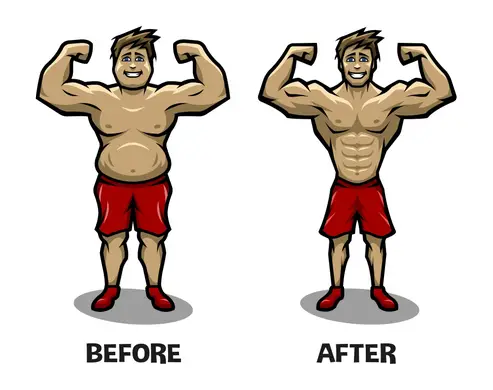
Pros & Cons of Bulking & Cutting
Posted on 14th Jun, 2023
Are you a fitness enthusiast or going to embark on a journey to transform your body through Bulking and cutting?
Well here is the catch, bulking, and cutting is a famous technique to have the ideal body composition but it's essential to understand its pros and cons before diving in.
In today's post, we'll explore the advantages and disadvantages of bulking and cutting, to help you make an informed decision about the best path for improving your body composition.
Understanding Bulking and Cutting
Before we delve into the pros and cons, let's quickly grasp the concept of bulking and cutting.
Bulking refers to a phase where individuals consume a surplus of calories to support muscle growth and strength gains.
On the other hand, cutting involves a calorie deficit to shed excess body fat and reveal a more defined physique.
However, both approaches have their unique benefits and drawbacks, so let's examine them closely.
Pros of Bulking
Bulking promotes more muscle gain: In the process of bulking, you tend to consume extra calories, which provides the energy and nutrients needed to support muscle growth, helping you achieve a more muscular physique.
Increases performance: With the surplus of calorie intake, bulking can enhance your athletic performance, allowing you to push harder during workouts and reach new levels of strength and endurance.
Amplifies bone density: When you combine bulking with resistance training, it can promote increased bone density, which is crucial for overall skeletal health and reduces the risk of fractures.
Promotes recovery time from workouts: The surplus of calories during bulking helps facilitate faster recovery from intense exercise, allowing you to train more frequently and with greater intensity.
Increases strength: The additional calories consumed during bulking provide the necessary fuel for strength gains, enabling you to lift heavier weights and make progress in your strength training goals.
Promotes healthy libido: Due to the increased caloric intake and hormonal changes associated with bulking, individuals often experience a boost in libido, which can positively impact their personal relationships.
Cons of Bulking
Exercise is a must to include to counterbalance weight gain: Due to a surplus of calories during bulking weight gain becomes obvious, which includes both muscle and body fat.
This increase in weight can be thoroughly managed with regular exercise and an active lifestyle.
If not done correctly, it can lead to body fat: Without careful attention to nutrition and training, bulking can result in excessive fat accumulation, masking your muscle gains and potentially affecting your body composition negatively.
Bulking can negatively affect your mobility: Due to additional body weight gained during bulking, you can have difficulty in agility and mobility, which means performing certain activities or sports will become more challenging.
Bulking can also lead to increased health risks: Due to increased fat percentage in your body during bulking the health risks also increases.
Hence, it is advised to specially monitor if the fat percentage is surpassing 20 percent of total body fat as it can elevate the negative health effects such as obesity, cardiovascular problems, and insulin resistance.
The transition from bulking to cutting can make you feel lethargic: Transitioning from a high-calorie bulking phase to a calorie-restricted cutting phase can lead to feelings of fatigue and decreased energy levels.
Your abs and muscle definition will appear less defined: During the bulking phase, your muscle mass starts reducing as the body fat percentage increases.
However, you must keep track of your body fat by measuring the body circumference and keeping it under check to get away with the excess fat while maintaining it with proper exercise.
Pros of Cutting
Promotes the reduction of body fat: While during bulking you were putting on extra weight and fat, the cutting phase helps you to shed excess body fat.
Cutting eventually, unveil a more defined and aesthetic physique, which can boost self-assurance and motivation.
Improved and defined muscle appearance leading to self-assurance, motivation, and joy: As you shed body fat during cutting, your muscles become more visible and defined, enhancing your physical appearance and boosting your confidence.
Improved blood values: Cutting can positively impact various blood markers, such as cholesterol and triglyceride levels, promoting better overall cardiovascular health.
Improved athletic performance: By reducing body fat, cutting can enhance your power-to-weight ratio, allowing you to perform better in activities that require speed, agility, and endurance.
Increased insulin sensitivity: Cutting can improve insulin sensitivity, making your body more efficient at utilizing carbohydrates and reducing the risk of developing insulin-related health issues.
Cons of Cutting
Reduced bone density: Calorie-restricted cutting diets, especially when combined with excessive exercise, can have a negative impact on bone density, increasing the risk of osteoporosis and fractures.
Can negatively impact your sleep: The calorie deficit and changes in hormone levels during cutting can disrupt sleep patterns and lead to difficulties in getting a good rest.
Cutting could result in disordered eating: Extreme cutting practices or an obsessive focus on body fat can potentially lead to disordered eating patterns, impacting both physical and mental well-being.
Cutting can make you feel hungry: Calorie restriction during cutting can lead to increased feelings of hunger, which may require strong willpower and discipline to manage.
You may experience muscle loss: While the primary goal of cutting is to reduce body fat, there is a risk of muscle loss if not done properly, potentially undermining your hard-earned gains.
Cutting can also harm potency and decrease libido: Severe calorie restriction and rapid weight loss during cutting can disrupt hormonal balance, leading to decreased libido and potential issues with sexual potency.
The body can get a nutrient deficiency: Drastic calorie reduction and limited food choices during cutting may increase the risk of nutrient deficiencies if not carefully planned and monitored.
Conclusion
The bulk-cut cycle has its pros and cons, and understanding them is crucial to making an informed decision about your fitness journey.
Bulking can promote muscle gain, improved performance, and strength, but it requires careful attention to exercise and body fat control.
Cutting, on the other hand, helps shed body fat, reveal muscle definition, and improve athletic performance, but it may come with potential risks such as bone density reduction and disrupted sleep patterns.
Ultimately, finding a sustainable approach that aligns with your goals, preferences, and overall health is key to achieving long-term success in your body composition journey.

Health articles from our experts

A Comprehensive Guide On How To Gain Weight Quickly
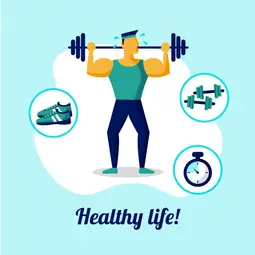
Muscle-Building Routine and Supplements for Maximum Gains
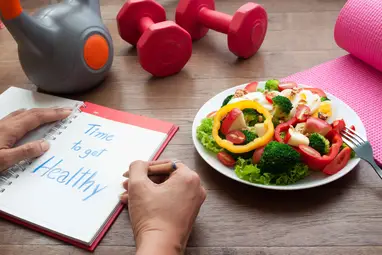
A Guide with Simple Tips To Follow For Weight Loss
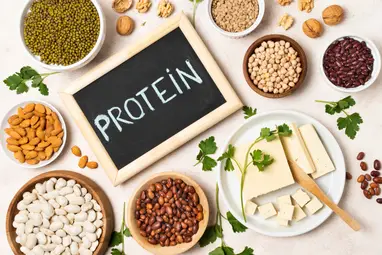
Top 10 Foods That Are High in Protein
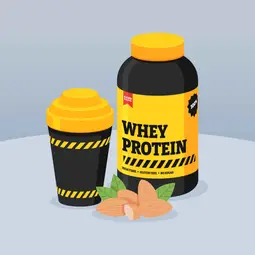
5 Best Whey Protein Powders in India
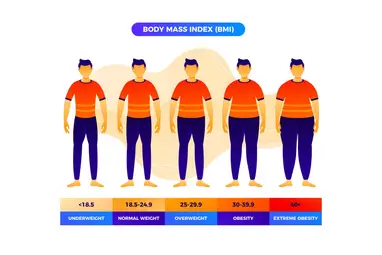
Understanding BMI: The Key to Weight-Health Connection
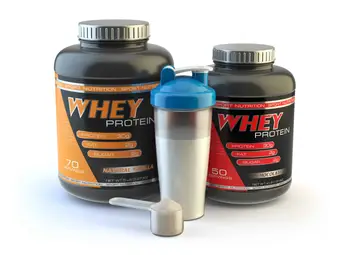
List of Top Whey Proteins for Muscle Gain

Top Vitamins for a Healthy Immune System

Finding Out the Best Daily Wellness Supplements

